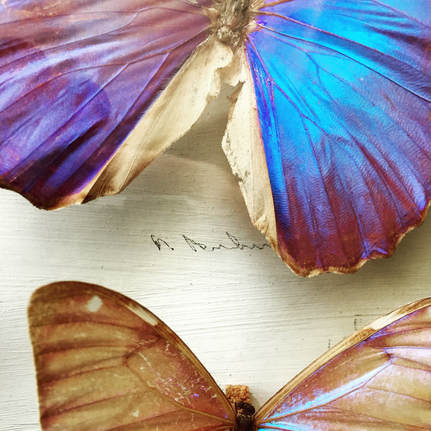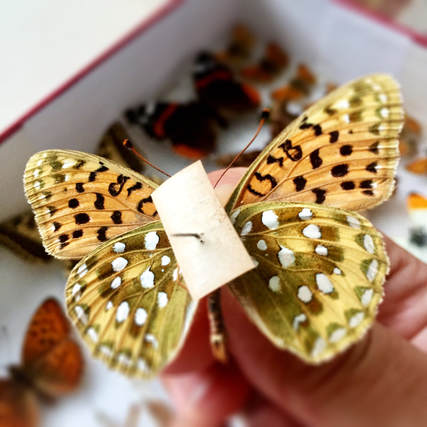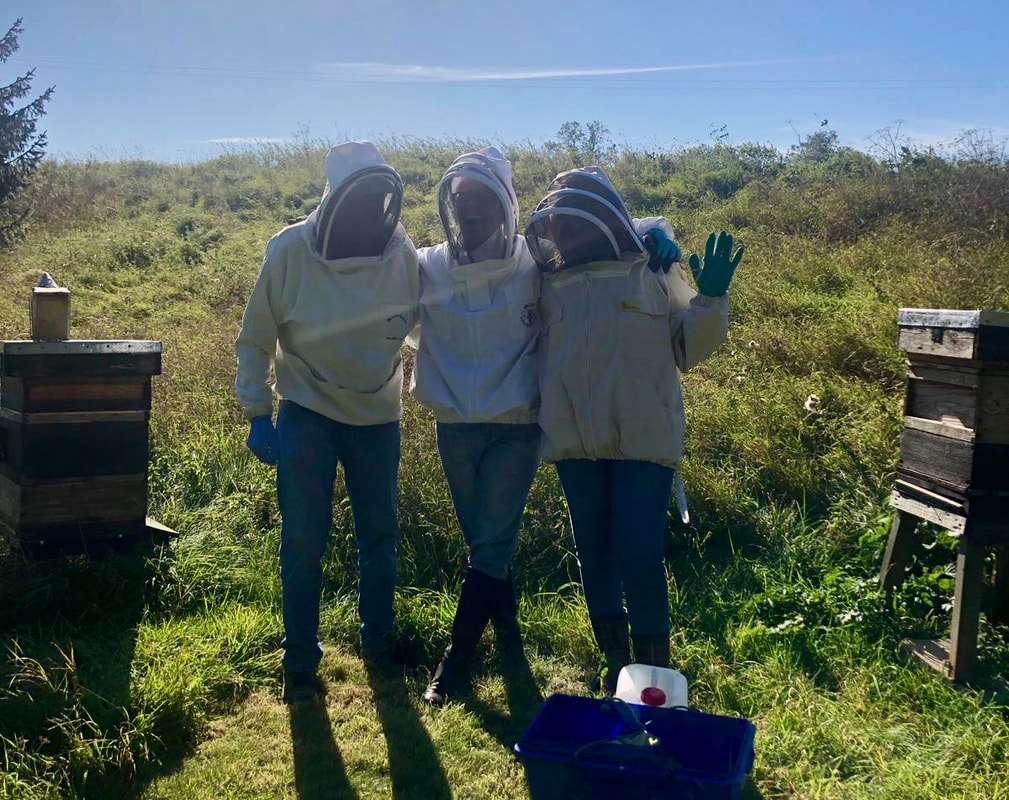A few...
words on...
|
♡ Ethics and sustainability
I take seriously my responsibilities in procuring specimens that are from truly sustainable, non-endangered sources. My work is largely made up of older insects from antique collections - I painstakingly repair, restore and remount specimens from pieces that are anywhere from 40 to 130 years old. A small minority of the specimens in my work are from modern collections. These are insects that are derived from breeding programmes in countries such as Costa Rica, Madagascar and Indonesia, many of which are funded by government bodies in association with local conservation groups. These programmes are an ideal way of researching and safeguarding indigenous species of insects, as well as providing a source of income for the local economy. Ethical butterfly collecting helps preserve the Earth's ecology since it allows local people to raise butterflies to support their families, giving them an incentive to maintain the rain forests and jungles. By supporting these farming efforts, the land can be kept profitable for the locals without the need to resort to drastic deforestation or industrialisation. It is loss of habitat, not collecting, that harms insect populations. These specimens will all outlive me and will be records for taxonomy purposes, to illustrate the timeline and evolution of our incredible wildlife. The life-span of many moths and butterflies is just a few days, and so in reality most specimens have died of natural causes before they are prepared. My works celebrate the beauty of these incredible creatures, and will be a source of wonder for many generations to come. 𖡺 Bees
All the bees in my work are collected locally. They are natural deaths that occur as part of the normal cycle of life in local hives, and the bumblebees are also finds along my walks through the Somerset fields and paths where I live.
☆ Looking after your artwork Please handle with care! All pieces are fragile and require care when moving or cleaning. Archiving: Avoid placing these pieces in direct sunlight or extremely humid/ damp conditions. Once under glass and kept safely, the artworks require no further preservation. |



